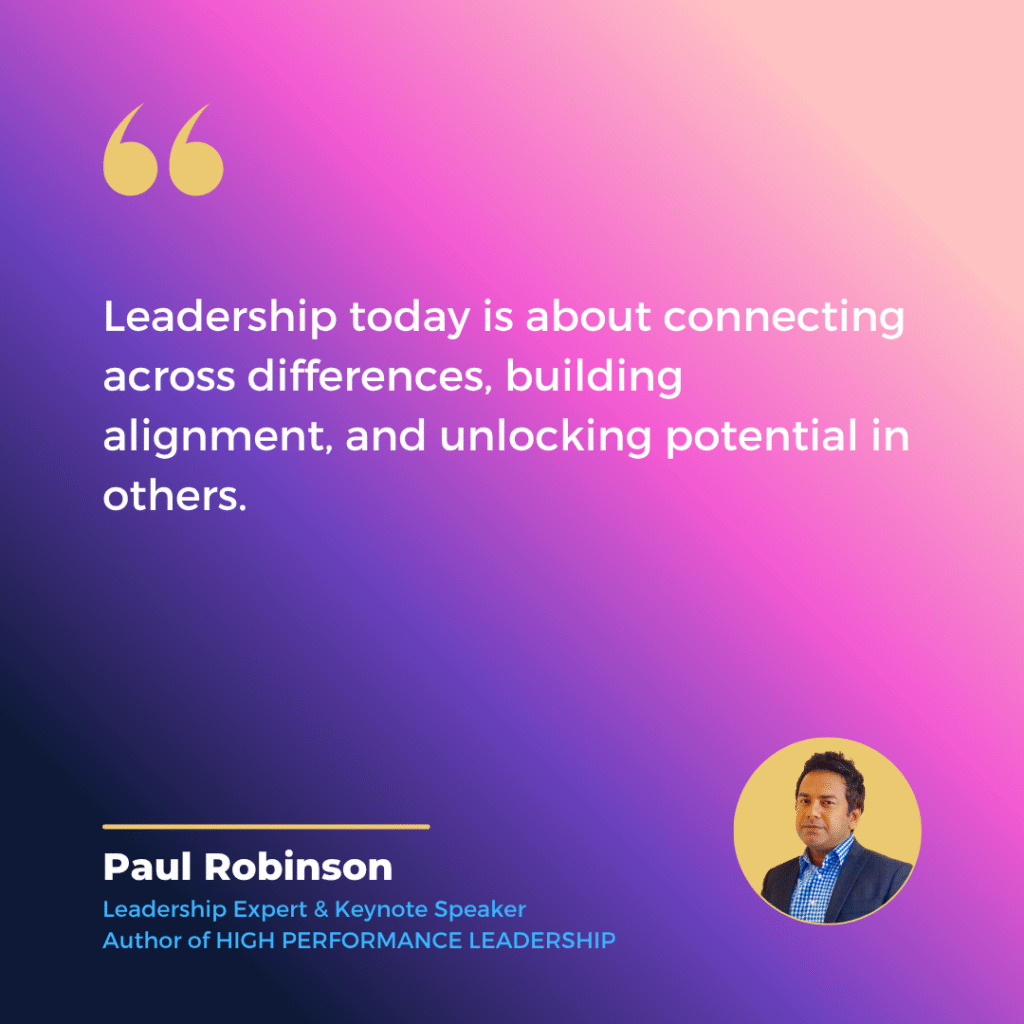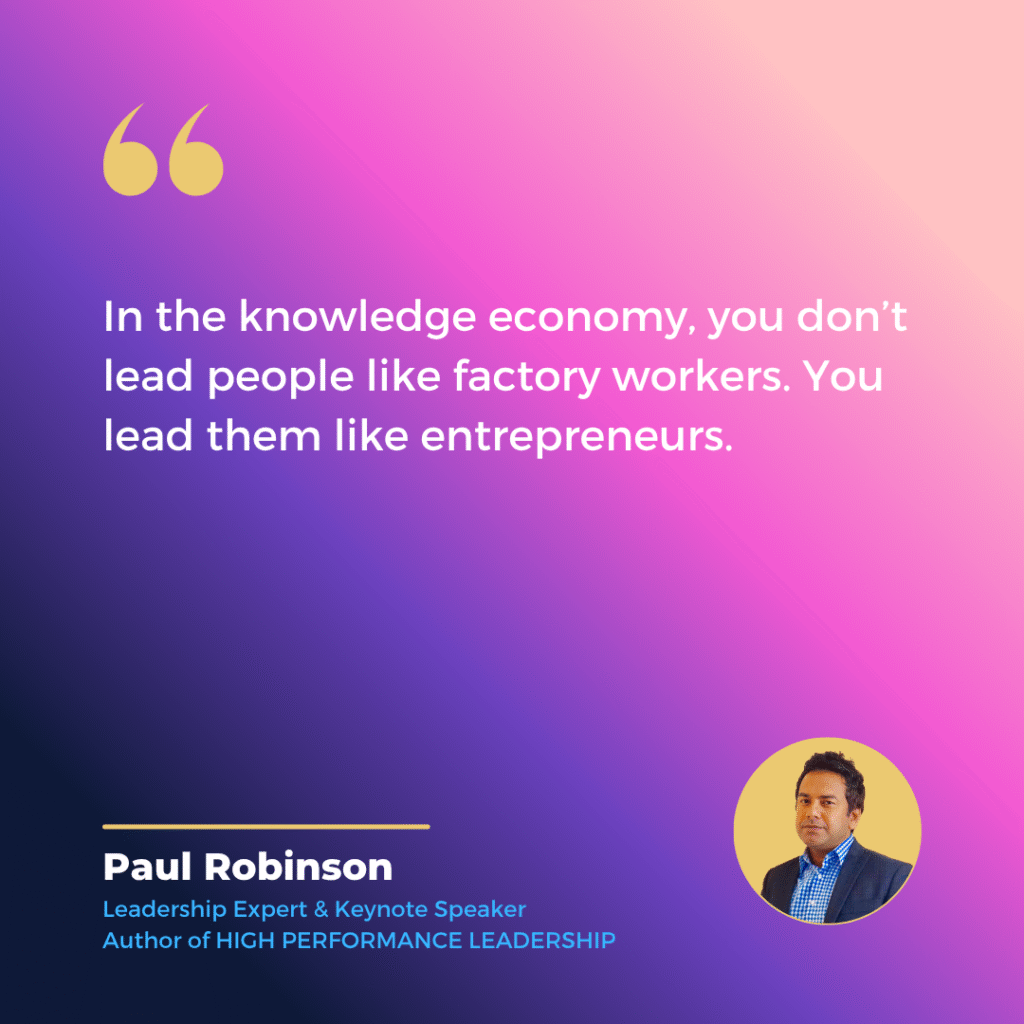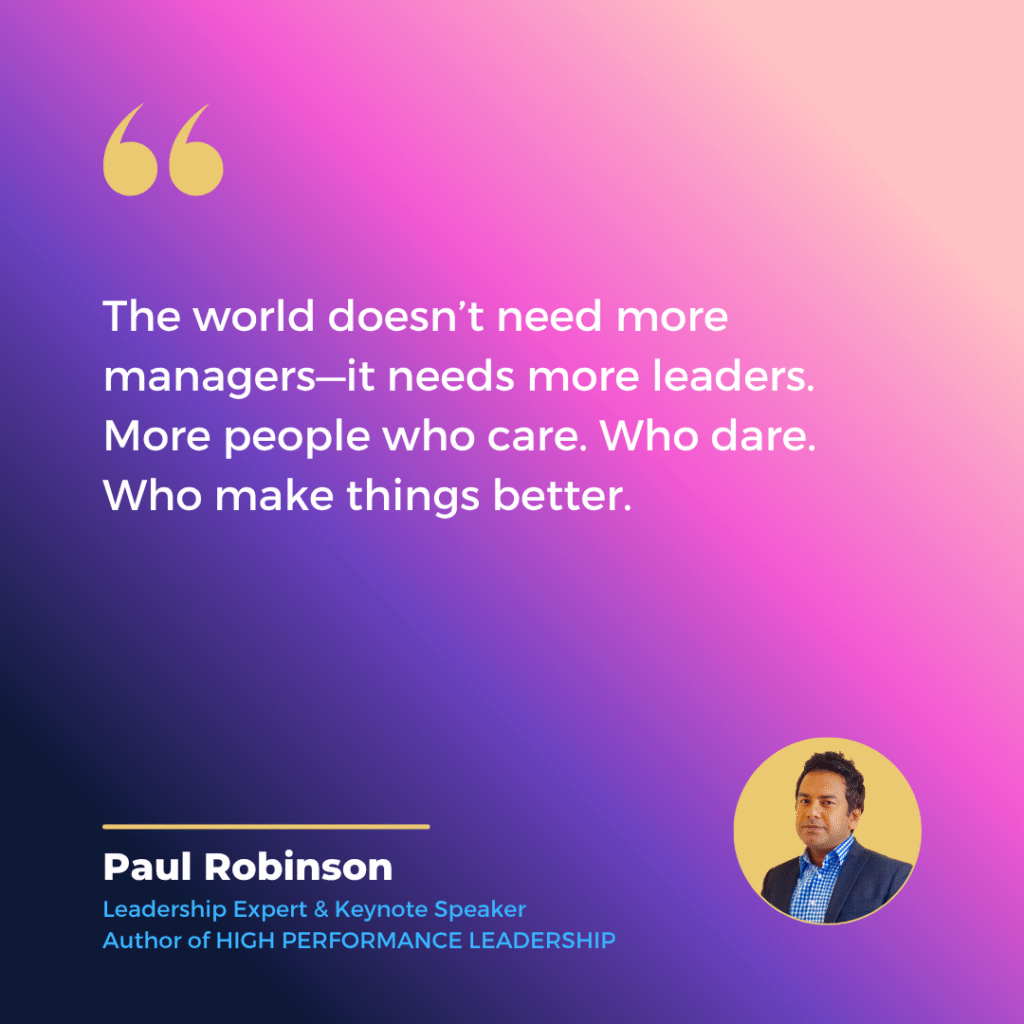Why Do So Many Talented People Believe They’re Not Cut Out for Leadership?
Over the past 15 years, I’ve delivered hundreds of leadership keynotes to senior executives, rising managers, and leadership teams across global corporations. One thing I’ve heard repeatedly in coaching rooms and boardroom retreats is a quiet resignation:
“I don’t think I’m a leadership type.”
“I’m too introverted.”
“I’m great with data, not with people.”
“I can’t speak like a leader.”
Let me tell you something I’ve learned through experience: these are not facts; they’re excuses. And more importantly, they’re learned beliefs that can be unlearned. As Henry Ford once said, “Whether you think you can, or you think you can’t—you’re right.” Leadership isn’t about being born charismatic—it’s about building capability and confidence.
Is Leadership Reserved Only for the Charismatic and Outgoing?
Absolutely not. Leadership is not about stage presence—it’s about influence, clarity, empathy, and execution.
I’ve coached introverted technologists who became transformational leaders, and soft-spoken team leads who went on to lead multimillion-dollar portfolios. The secret? They stopped disqualifying themselves and started practicing leadership like a discipline.
Think of leadership as a muscle, not a magic gift. You may not be “gifted” with it at birth, but with the right mindset and reps, you can grow it.
What Is the Core of Leadership? A Mindset, Not a Title
Leadership is not a rank. It’s a mindset and a skillset that shape your behaviour over time. And your behaviours determine your impact.
Many aspiring leaders confuse leadership with command or authority. But real leadership is earned through behaviour:
- How you listen.
- How you respond under pressure.
- How you inspire without authority.
- How you serve others before yourself.
In my book High-Performance Leadership, I describe how leadership begins with self-leadership—the art of managing your own emotions, values, and purpose before guiding others.
Which Skills Should You Actually Learn to Lead?
Leadership skills aren’t vague. They are learnable, trainable, and observable. Here are just a few essential ones:
- Communication & Public Speaking – Can you share a vision that moves people?
- Empathy & Emotional Intelligence – Can you read the room and respond appropriately?
- Strategic Thinking – Can you balance the long view with present action?
- Delegation & Coaching – Can you empower others to succeed?
- Influence & Rapport-Building – Can you inspire without controlling?
Let me simplify this: Leadership is a collection of combinatorial skills. Like playing jazz or managing a kitchen, the better you combine the notes, the better you perform.
Are Soft Skills the New Hard Skills?
Once upon a time, being a “strong leader” meant being the smartest person in the room with mastery over planning, forecasting, and operations.
Today? That’s table stakes.
Soft skills have become the new hard skills. And ironically, many executives still dismiss them as “fluffy” or “nonessential.” That mindset is dangerous. Because in the modern workplace, the inability to empathize, collaborate, or motivate is not just a gap—it’s a liability.
In a McKinsey report (2023), over 70% of high-performing leaders ranked communication, adaptability, and collaboration as the most critical skills for future leadership. These are not optional extras. They’re the main course.
Can Human Skills Like Empathy and Communication Be Learned?
Yes—and they must be.
Human skills are not personality traits; they are cognitive and emotional competencies that can be developed. If you can learn to ride a bike or use a CRM, you can learn to listen better, speak clearly, manage emotions, and build trust.
The problem isn’t ability—it’s mindset.
In my leadership workshops, I help executives unlearn old assumptions like ‘leaders don’t show vulnerability’ and replace them with human-centred leadership habits like asking questions, seeking feedback, and owning mistakes.

Why Is Leadership About People, Not Just Performance?
Today’s workforce is not looking for managers—they’re looking for mentors, coaches, and visionaries.
People don’t want to be told what to do. They want to be part of something meaningful. That requires inspiration over instruction. Connection over compliance.
The old command-and-control leadership model is dying. Today’s successful leaders:
- Build psychological safety
- Embrace collaboration across functions
- Navigate ambiguity with grace
- Lead with people, not over them

Why Do Career Climbers Need to Master Leadership?
Here’s a hard truth: You don’t rise in your career by doing more—you rise by leading better.
From middle management to the C-suite, what separates the rising stars from the stuck professionals is not technical brilliance—it’s leadership fluency. Your ability to influence, inspire, and collaborate determines your upward mobility.
We are moving from solo leadership to collective leadership—leaders working with other leaders, cross-functional synergy, co-creation over command.
So if you want a seat at the strategy table, you need to earn it by showing you can lead people, not just manage tasks.
What’s Holding You Back From Becoming a Leader?
Let me be blunt: The biggest obstacle is not your boss, not your company, not your team. It’s your excuses.
You don’t need an MBA from Harvard or a 10-year plan to start leading. You need:
- A commitment to grow
- A curiosity to learn
- A willingness to fail and improve
And above all, you need to stop saying: “Leadership is not for me.”
Because it is.
Unleash the Leader Within
Leadership is not about having a title on your business card. It’s about creating value with others, bringing out the best in people, and stepping into discomfort to grow.
So here’s my challenge to you:
Drop the excuses. Step up. Start small. Show up. Practice daily. And lead with intention.

Recommended Reading
- High-Performance Leadership by Paul Robinson
- Start with a why by Simon Sinek
- Emotional Intelligence by Daniel Goleman
- The Leadership Challenge by Kouzes & Posner



